GM Issues Death Sentence To Saab Deal With China

While the flagwavers at Saabsunited wallow in the good news that the Swedish king announced at an annual moose hunt near Trollhättan that Victor Muller is a great guy, far away in Detroit, GM spokesman Jim Cain issued to Reuters what sounds like the death sentence to the sale of Saab to China’s Youngman and Pangda:
“GM would not be able to support a change in the ownership of Saab which could negatively impact GM’s existing relationships in China or otherwise adversely affect GM’s interests worldwide.”
The exactly same statement was sent to the Wall Street Journal, and GM will send it to anyone who asks what GM thinks of the deal. If Muller would have asked before announcing the sale, he most likely would have received the same answer.
Translation:
In Shanghai, GM has a joint venture with China’s largest car company SAIC. A lot of the technology that is in current and future Saabs is in current and future Chevys and Buicks made by GM’s joint venture with SAIC. It is a good guess that GM’s existing relationships with SAIC could be negatively impacted if SAIC has to pay a lot in licensing fees for that technology, and suddenly a car dealer and a small busmaker from the middle of nowhere gets it for chump change. I can imagine that SAIC is adversely affected, make that mad as hell because of this. And if you are GM, you don’t want your partner in your most important market to be mad as hell. The Chinese media is already full of opinion pieces about SAIC’s unhappiness with the deal. These pieces don’t get written by themselves, they usually receive some encouragement.
GM sold 2.3 million cars in China last year, more than back home in the U.S. About a third of GM’s global sales are in China, with the trend going up. Without China, GM would be dead. GM depends on China and GM won’t jeopardize its future to help a small busmaker in China and a neardead Saab in Sweden. GM is happy to be rid of Saab. They don’t need that aggravation again. If I would be GM, I would do nothing, and Jim Cain just announced that GM will do just that.
The sale of Saab needs the go-ahead of GM. Any technology transfer needs a lot of go-aheads by GM. The Chinese want technology, free and clear. No technology, no deal.
Yesterday, Sverigesradio tracked me down in Japan and I had told them the above – minus the Jim Cain assessment which is just in. If they will ever send the interview, it will be old hat, and Saab’s moose will be cooked.

Bertel Schmitt comes back to journalism after taking a 35 year break in advertising and marketing. He ran and owned advertising agencies in Duesseldorf, Germany, and New York City. Volkswagen A.G. was Bertel's most important corporate account. Schmitt's advertising and marketing career touched many corners of the industry with a special focus on automotive products and services. Since 2004, he lives in Japan and China with his wife <a href="http://www.tomokoandbertel.com"> Tomoko </a>. Bertel Schmitt is a founding board member of the <a href="http://www.offshoresuperseries.com"> Offshore Super Series </a>, an American offshore powerboat racing organization. He is co-owner of the racing team Typhoon.
More by Bertel Schmitt
Latest Car Reviews
Read moreLatest Product Reviews
Read moreRecent Comments
- Kwik_Shift_Pro4X I fell asleep looking at that image.
- Verbal Rented a Malibu a while back. It was fine, if a bit gutless.I get that Detroit wants to go all-in on high profit margin SUVs and blinged-out MAGA trucks. Everyone has known for decades that they can't compete on price in the affordable sedan space. So now all of Detroit's sedans are gone except for a couple of Cadillac models.But you'd think that just one of the domestic brands could produce a fun, competitive and affordable sedan. Just one? Please? Anyone? Bueller?
- 3-On-The-Tree I wouldn’t even use Ford as a hearse for fear of being late to my party.
- SCE to AUX Norway is in Europe, and Tesla is an American automaker - no problems there.I wouldn't use Ford as the bellwether.https://www.reuters.com/business/autos-transportation/tesla-extends-lead-norway-evs-take-record-82-market-share-2024-01-02/https://elbil.no/english/norwegian-ev-policy/
- Steve Biro If the U.S. government wants to talk about banning all connected cars - or at least the collection and sharing of information from said vehicles - I’m all ears. Otherwise, don’t waste my time.




















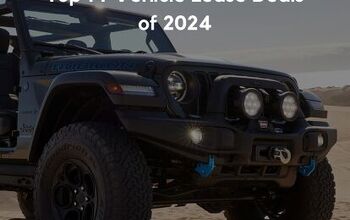

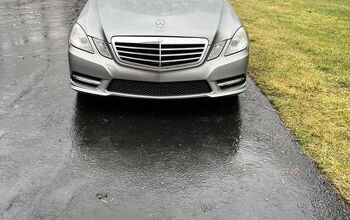
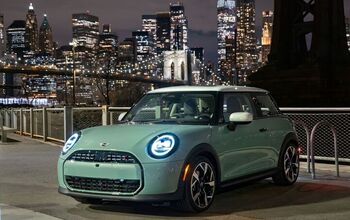
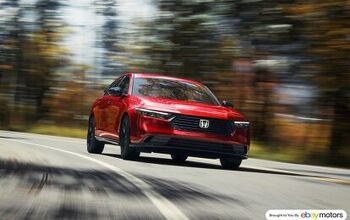
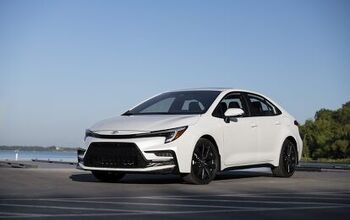
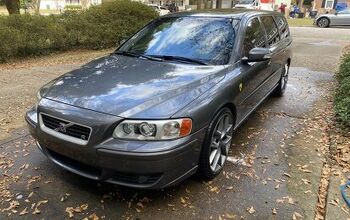
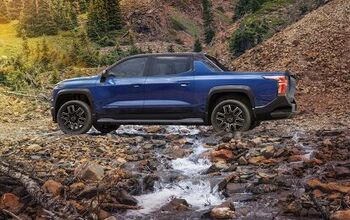
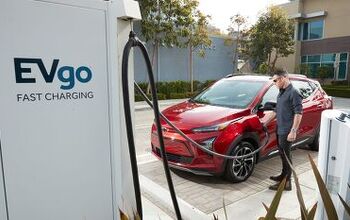

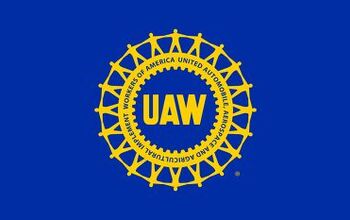
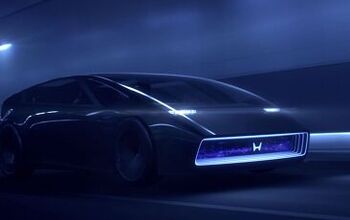
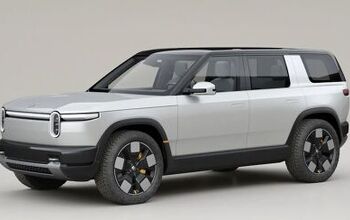
Comments
Join the conversation
I tried to do the math. Since Victor Muller's appearance (Jan. 2010) Saab has sold approx. 38,000 cars. Saab borrowed 220 million euro from the EIB and owes 150 million to its suppliers, according to CLEPA. SWAN invested approx. 170 million according to Muller. I did not include the money it still owes GM and the fact that Muller sold off various Saab assets and leased them back. I would not be surprised if Saab is 600 million euro in the negative. That's about 16,000 euro per car sold over the 2010-2011 period. That's almost $22,000 per Saab. To put this in perspective, in Saab's last USA sales promo, August 2011, 9-5's were going for approx. $30,000. If I am right about these figures, then the picture looks gloomy indeed. A couple of scenarios come to mind. GM blocks any deal and forces Saab into bankruptcy. Or GM squeezes every last drop out of any deal. Victor Muller has not seen the end of his financial hemorrhage and the Chinese partners have to bring more cash to the table. GM, eager to strengthen its Chinese foothold and to earn some extra income, forms a joint venture with Pang Da and Youngman, and appoints the former Saab CEO Muller to be its creative director.
Ugh...this makes me want to yank my hairs out. Shut the damned thing down!